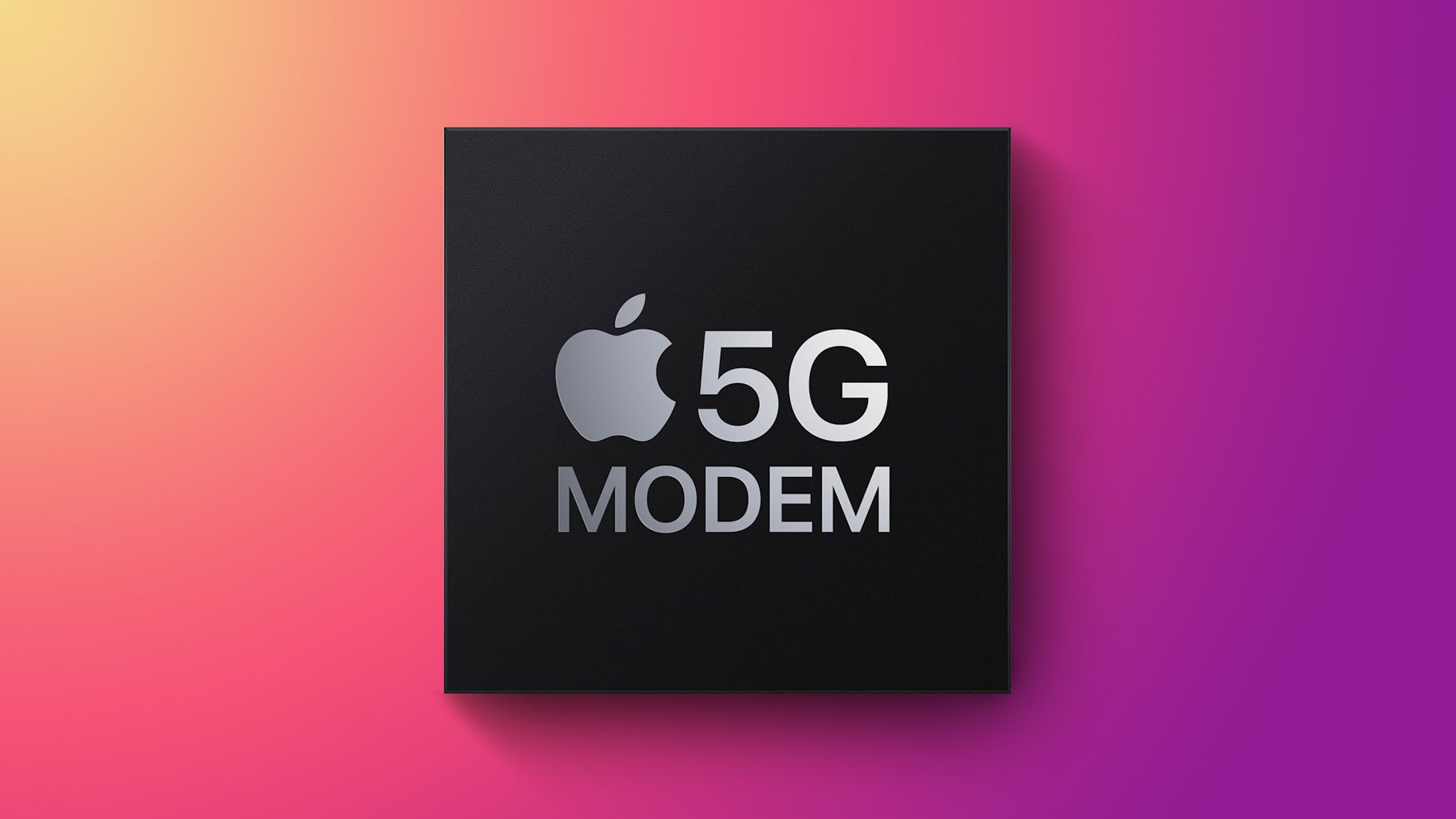- Joined
- Sep 26, 2021
- Posts
- 6,853
- Main Camera
- Sony

Apple developing custom WiFi, Bluetooth, and 5G chips for iPhone
Apple has been working on developing its own modem for several years, looking to reduce its reliance on Qualcomm. A...
 9to5mac.com
9to5mac.com

Apple to Start Transitioning Away From Qualcomm Modem Chips in Late 2024 or 2025
Apple wants to start replacing the Qualcomm modem chips that it uses in iPhones as soon as 2024, according to a new report from Bloomberg. Apple has...

Apple developing custom WiFi, Bluetooth, and 5G chips for iPhone
Apple has been working on developing its own modem for several years, looking to reduce its reliance on Qualcomm. A...
 9to5mac.com
9to5mac.com

Apple looking to drop Broadcom as wi-fi, bluetooth, cellular supplier | AppleInsider
Apple has been planning for some time to ease its dependence on Broadcom, and it appears that it may happen by late 2024.
The complexity of wifi/cellular/bluetooth is a lot lower than the complexity of the CPUs that Apple is already successfully designing, at least for the digital portion of the chip. The analog portions are beyond my ability to judge difficulty. I thought this would be the year Apple would try it, but it looks like maybe next year is the year.
I do hope they have gotten good at this sort of design - having owned different phones with either qualcomm or Intel-based radios, the intel-based ones are always a little worse.
One note: when they are talking about combining wifi/blutooth/5g on one component, that raises interesting possibilities for Macs.
Last edited:
